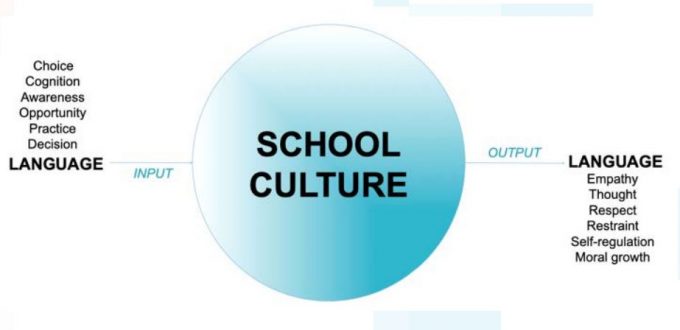Unexpected nation leading the way with AI rollout in schools
Lithuania will be providing free AI technology to every secondary school in the country.

The introduction of AI in schools mirrors the arrival of the internet in many ways, transforming not only what students learn, but how they learn.
Initial responses to the internet in schools in the 1990s and early 2000s were a mix of uncertainty and enthusiasm, with some people cautioning that it would lead to distraction and a decline in critical thinking skills, while others saw it as an opportunity for fairer access to information and resources.
Read the latest print edition of School News HERE
Before long, though, the question began moving from whether schools should make use of the internet, to what was the safest and most effective way to use it.
This is the point we have reached with the rapid entry of artificial intelligence into our classrooms. It is already here, so the question is no longer whether or not to adopt the technology—but how to do it both responsibly and safely.
Related article: Will AI cost us the earth?
An unexpected leader
One country stepping up to that challenge is Lithuania, which has announced a groundbreaking initiative: before the end of the year, every secondary school in the country will be given free access to nexos.ai, a secure, all-in-one AI platform currently used by leading global tech companies. The goal: to ensure school communities learn how to use the tools in a safe and private way.
“We are proud that nexos.ai can help in making advanced AI tools both accessible and safe for everyone in the school community,” said Tomas Okmanas, co-founder of nexos.ai.
This move is more than a technological upgrade. It’s a response to growing global concerns about the “AI divide”—the risk that countries or communities that delay AI adoption will fall further behind.
UNESCO has warned that rapid AI progress is widening existing digital gaps, potentially leaving students in under-resourced regions less competitive and exacerbating inequality.
“AI in education raises real questions about ethics, safety, and equal opportunity,” said Žilvinas Girėnas, AI security expert at nexos.ai. “Without the right groundwork, we risk amplifying the very divides we hope to close. It’s not enough to hand out tools. Students and teachers must trust that these tools handle data responsibly, and that what happens in the AI system stays confidential.”
Moreover, the skills that students develop by interacting with AI in schools will have benefits far beyond the classroom, with a growing demand for jobs that require skills such as data analysis, cybersecurity, and digital literacy.

Just one brick in the wall
What makes Lithuania’s AI program so strong is that it is not just handing out tools to schools and leaving them to their own devices; instead, it has designed a holistic strategy for safe and effective AI integration. Girėnas outlined six key pillars:
- Choosing secure, privacy-compliant tools
“In education, the boundary between helpful AI and risky AI is thin,” Girėnas explains. “AI tools must not only meet privacy standards but also guard against accidental exposure of student data… Without these protections, trust in AI breaks down fast, especially in schools.” - Investing in teacher training
“Hands-on training and ongoing support are crucial for building AI literacy and confidence among educators and students.” - Integrating AI across the curriculum
“When AI is part of everyday lessons, students can see how it connects to their lives and understand better how to use it safely and smartly. This way, everyone gets a chance to learn about AI, not just those who study computers.” - Setting clear learning goals and assessment
AI skills must include “critical thinking and ethical awareness,” with defined learning outcomes that prepare students not just to use AI, but to understand and challenge it. - Encouraging practical and creative use
“Students also need to understand the boundaries; through project work and case studies, students [learn] to not just use AI but to question it, challenge it and improve it.” - Adapting for equity
“One of the greatest risks with AI in schools is that gaps get wider, not smaller,” says Girėnas. “Programs must include regular impact reviews to check who is left behind—and adjust resources, training, and support until no group is at a disadvantage.”
“By bringing a selection of advanced AI tools in one intuitive and secure window, we help teachers focus on teaching and students on learning.” Tomas Okmanas







